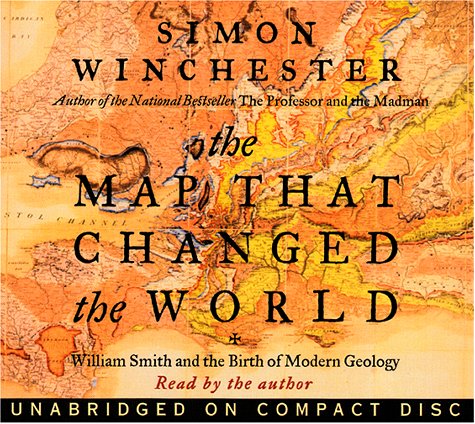
Simon Winchester's long experience in the world wandering as well as his knowledge of history and geology give us an entirely new perspective on this fascinating and iconic event as he brings it telling back to life. Most significant of all - in view of today's new political climate - the eruption helped to trigger in Java a wave of murderous anti-Western militancy among fundamentalist Muslims: one of the first outbreaks of Islamic-inspired killings anywhere. The world's coal and oil industry, its gold mining, its highway systems, and its railroad routes were all derived entirely from the creation of Smith's first map. The sound of the island's destruction was heard in Australia and India and on islands thousands of miles away. The Map That Changed the World is, at its foundation, a tale of endurance and achievement, of one man's dedication in the face of ruin and homelessness. Barometers in Bogotá and Washington, D.C., went haywire. The effects of the immense waves were felt as far away as France. Dust swirled round die planet for years, causing temperatures to plummet and sunsets to turn vivid with lurid and unsettling displays of light. Beyond the purely physical horrors of an event that has only very recently been properly understood, the eruption changed the world in more ways than could possibly be imagined.

The legendary annihilation in 1883 of the volcano-island of Krakatoa - the name has since become a byword for a cataclysmic disaster - was followed by an immense tsunami that killed nearly forty thousand people. The bestselling author of The Professor and the Madman and The Map That Changed the World examines the enduring and world-changing effects of the catastrophic eruption off the coast of Java of the earth's most dangerous volcano - Krakatoa.


 0 kommentar(er)
0 kommentar(er)
